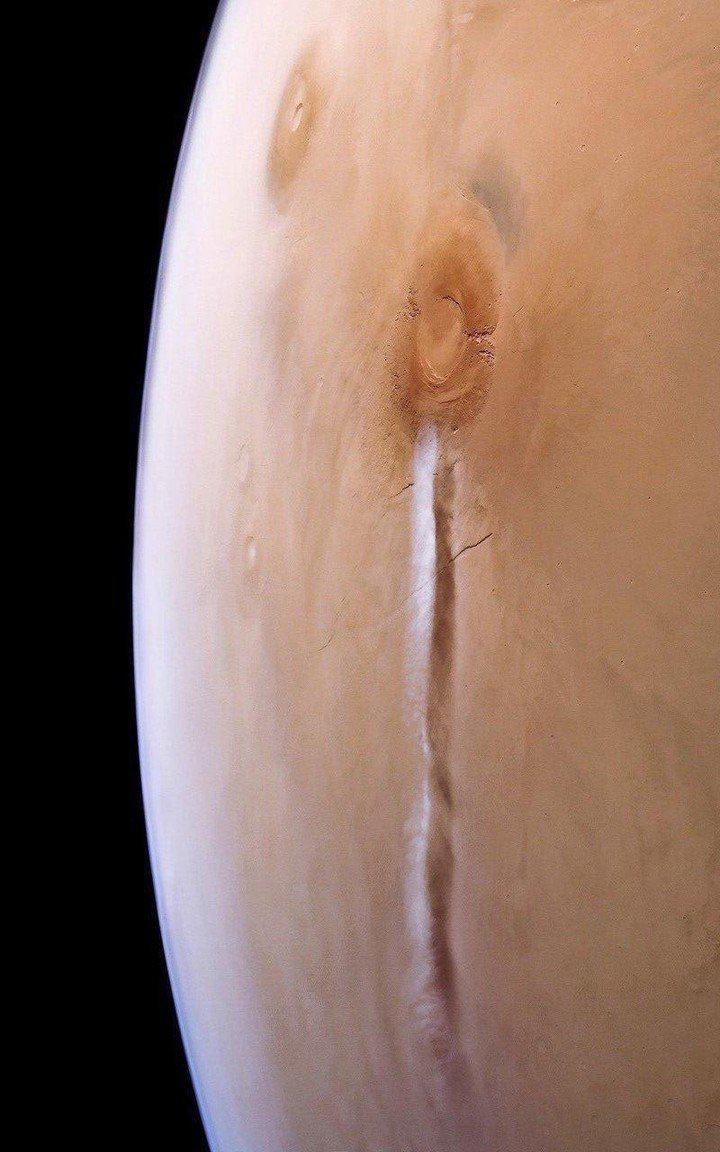this post was submitted on 21 Nov 2024
345 points (97.0% liked)
Science Memes
11130 readers
2604 users here now
Welcome to c/science_memes @ Mander.xyz!
A place for majestic STEMLORD peacocking, as well as memes about the realities of working in a lab.

Rules
- Don't throw mud. Behave like an intellectual and remember the human.
- Keep it rooted (on topic).
- No spam.
- Infographics welcome, get schooled.
This is a science community. We use the Dawkins definition of meme.
Research Committee
Other Mander Communities
Science and Research
Biology and Life Sciences
- !abiogenesis@mander.xyz
- !animal-behavior@mander.xyz
- !anthropology@mander.xyz
- !arachnology@mander.xyz
- !balconygardening@slrpnk.net
- !biodiversity@mander.xyz
- !biology@mander.xyz
- !biophysics@mander.xyz
- !botany@mander.xyz
- !ecology@mander.xyz
- !entomology@mander.xyz
- !fermentation@mander.xyz
- !herpetology@mander.xyz
- !houseplants@mander.xyz
- !medicine@mander.xyz
- !microscopy@mander.xyz
- !mycology@mander.xyz
- !nudibranchs@mander.xyz
- !nutrition@mander.xyz
- !palaeoecology@mander.xyz
- !palaeontology@mander.xyz
- !photosynthesis@mander.xyz
- !plantid@mander.xyz
- !plants@mander.xyz
- !reptiles and amphibians@mander.xyz
Physical Sciences
- !astronomy@mander.xyz
- !chemistry@mander.xyz
- !earthscience@mander.xyz
- !geography@mander.xyz
- !geospatial@mander.xyz
- !nuclear@mander.xyz
- !physics@mander.xyz
- !quantum-computing@mander.xyz
- !spectroscopy@mander.xyz
Humanities and Social Sciences
Practical and Applied Sciences
- !exercise-and sports-science@mander.xyz
- !gardening@mander.xyz
- !self sufficiency@mander.xyz
- !soilscience@slrpnk.net
- !terrariums@mander.xyz
- !timelapse@mander.xyz
Memes
Miscellaneous
founded 2 years ago
MODERATORS
you are viewing a single comment's thread
view the rest of the comments
view the rest of the comments

Arsia Mons! One of Mars' largest volcanos, and part of an arc of three known collectively as the Tharsis Montes. The volcano to the top right is Pavonis Mons, and further beyond (past the visible horizon) is Ascraeus Mons. The much more famous Olympus Mons is also found in the same region, to the northeast of the Tharsis Montes (which would be towards the bottom right in this particular image).
Interestingly, that massive cloud formation is a yearly phenomenon that happens right before the start of winter. The size of the cloud trail varies from year to year, but it's not uncommon for it to stretch more than 1000 kilometers.
As you sound like you know about it: What is that cloud made of? Can't be water, right? I mean, we have speculated for decades on whether there's water on Mars, we wouldn't have done that if there's a yearly 1000 km trail of water that can be seen from orbit, right?
It actually is water.
The existence of water on Mars has been completely uncontroversial for decades now — it exists in trace amounts in the Martian atmosphere and in large amounts as permafrost under the top layer of Mars' soil. This particular cloud forms when sunlight causes that permafrost to sublimate into water vapor. As it rises higher into the atmosphere, the temperature drops and that vapor flash freezes back into tiny ice crystals to create the cloud.
What has been speculated for decades is whether or not any liquid water exists on Mars (which we now believe it does, but only in very short-lived seasonal flows that evaporate almost immediately in the extremely low-pressure environment).